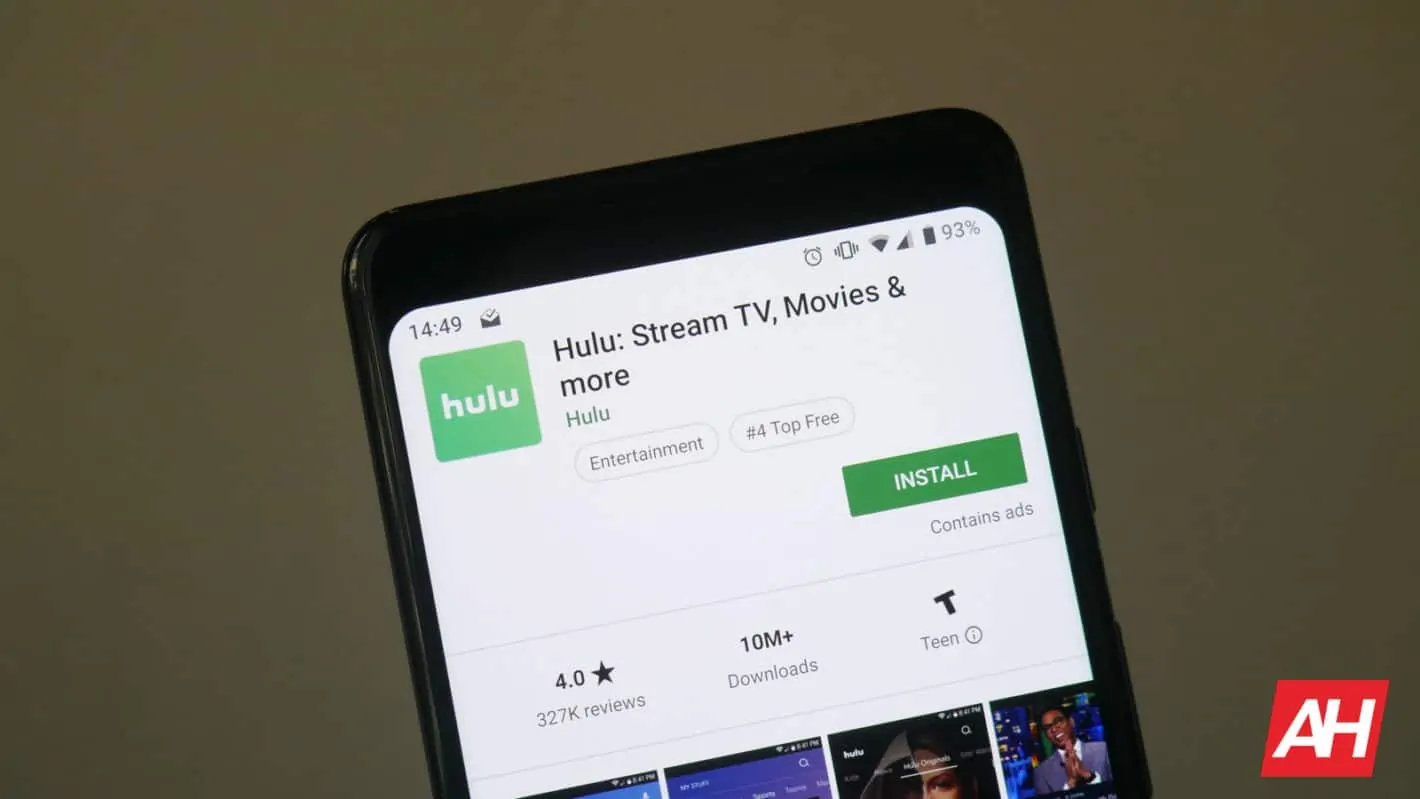Over the next decade the TV landscape will look vastly different to how it does today with a massive reduction in the number of cable TV networks, the elimination of channel bundling, and an almost entire move towards an on-demand viewing experience that transcends networks and channels down to the TV show and live event level. These predictions come courtesy of Hulu CEO, Randy Freer who was speaking this week at the BI Ignition conference in New York City.
Needless to say, with Freer the head of Hulu, these predictions are also synonymous with how the streaming service plans to evolve over the next few years with the comments by Freer reinforcing previous comments that Hulu is preparing for some big changes next year and beyond.
Networks shrinking, direct-to-consumer the future
As part of Freer’s vision of the future, the Hulu CEO suggests the number of networks in operation in five or ten years from now will be a handful compared to the healthy selection that’s now on offer. This itself, argues Freer, will redefine TV with users no longer flipping from channel to channel or having to be tied into bundles which bring together 100s of channels for one price – as there won’t be 100s of channels anymore. Instead, the direct-to-consumer approach will be completely in effect with users tuned to channels on more of an a la carte basis. Considering Hulu only recently introduced its own live TV service which bundles channels together for one price, this indicates the Hulu CEO sees the company’s service as in need of adapting to ensure the service is one of those who survives the turbulent years ahead.
This ties in with other recent comments Freer has made that indicated Hulu is planning a complete redesign to the way it offers live TV. The previous comments hinted at how Hulu ideally wants to move away from the approach where providers have to opt-in to all channels owned by a network, if they want to provide their customers with access to just the most popular channels. This has for a long time been the favored approach to doing deals by content owners as it ensures the popularity of big channels helps to keep less popular channels in operation with them served equally to consumers under the one price point. Hulu, however, seems to be envisioning a world where it can offer a more curated TV approach that affords consumers the ability to pick and choose their own custom list of networks and channels. The comments made today explains why Hulu wants this multi-tiered package to start now – as it sees it as an inevitable outcome in the future.
Blurring the subscription and rental lines
Some of the more interesting comments made during the interview actually went well beyond the now-common on-demand streaming service approach currently offered by the likes of Hulu and Netflix, with Freer making the case that in the future content will likely be accessed at the content level. For example, not only will consumers be able to choose between ad-supported or ad-free access, but consumers may also be able to effectively view on a content-specific basis with those only wanting to watch season 3 of The Handmaid’s Tale (given as an example) only paying for season 3 of The Handmaid’s Tale. Therefore, similar to how rental services work, Freer suggests its customers will be able to just pay to access new shows as and when they drop and not have to pay a repeat subscription to access the network involved or other content from the same network that they might not be interested in. The same principle would be in effect with actual live content where consumers could pay to watch a sports event like a football game on a pay-per-view basis, avoiding having to pay a subscription that covers additional games and unrelated content. On that last point, Freer also made it clear that Hulu also now has live sports rights in its view.
Hulu to single itself out as the ‘choice’ option
The one clear takeaway that emerges from Freer’s collective comments is how Hulu wants to position itself as the provider of choice and appealing to basically all consumers regardless of their viewing habits, frequency or preferences. Whether you want live (as in scheduled TV), on-demand, whether you want to pay less by having a service subsidized by ads, or pay more for an ad-free viewing experience, or whether you simply want to buy-in to just one or two channels (or shows), or opt for a whole plethora of channels and content to flick between, Hulu wants to be able to offer you a package that fits your unique criteria.
While it is clear Freer sees the landscape of the market changing radically over the next few years, and while Hulu seems to be planning on redefining the “live” TV service it offers, Hulu still plans to attract customers to its current and more traditional live TV bundled content, citing that in spite of the impending changes the live TV market is still “robust” at the moment. Adding to this point, Freer took the opportunity to highlight how Hulu attracted more new customers in the first half of this year than it did in 2017, and expects to have attracted more customers in the second half of 2018, then it did in the first half. Although this is only the start of the company’s scale ambitions with Freer noting “we need to get to 30, 40, 50 million homes.” Effectively, more than doubling its current subscriber base.
On a somewhat related note, a report that emerged earlier in the week indicated Hulu (and also AT&T) plans to introduce ‘pause ads’ in 2019. This is essentially the use of advertisements when a user manually pauses content resulting in a more natural and unobtrusive ad delivery system. In many ways, this could be seen as an on-demand method of delivering ads and this too would then chime with the overtures made by Freer today and recently where soon enough everything TV-based will be accessed on demand – at least through Hulu.

